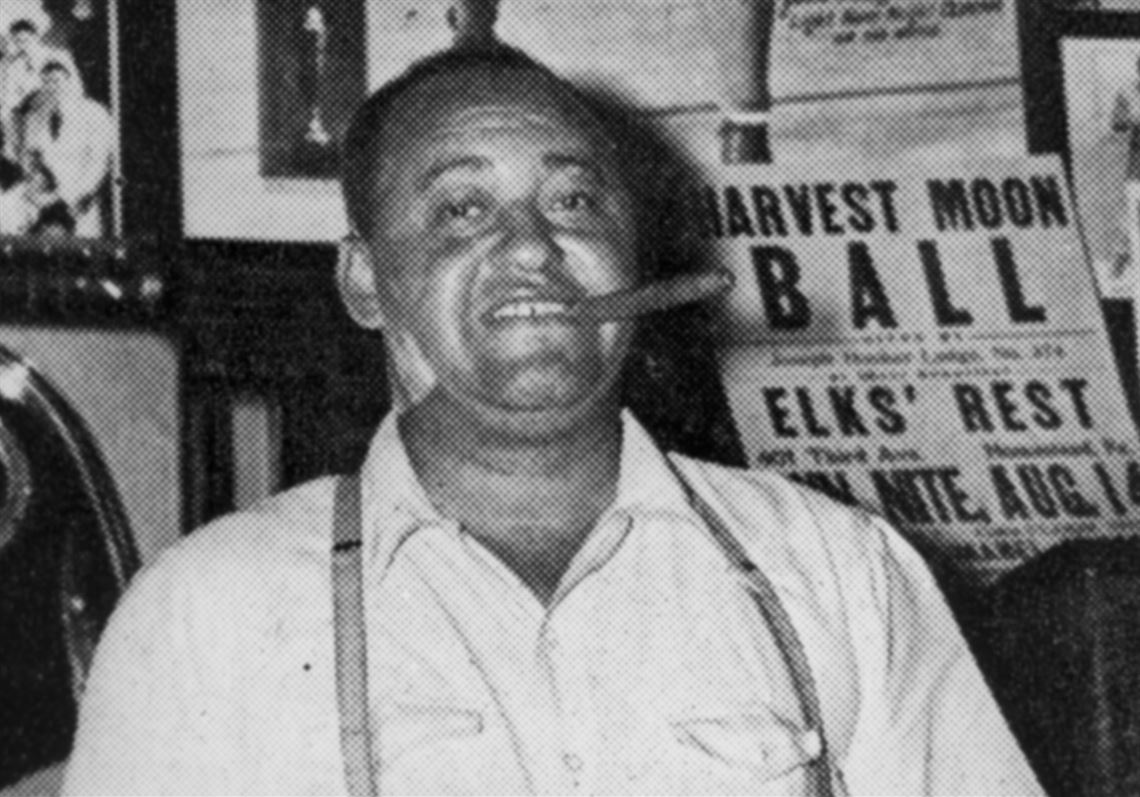The Crawford Grill in Pittsburgh’s Hill District served as the epicenter of jazz music from the 1930s through the 1950s.
Located on the corner of Crawford Street and Wylie Avenue, the club was founded in 1930 by William “Gus” Greenlee, a leader in Pittsburgh’s African American community who ran the popular “numbers” game and later owned the Pittsburgh Crawfords Negro League baseball team.
Despite existing in an era of racial segregation, the Crawford Grill welcomed customers of every ethnicity. Both African American and white musicians made their way to the Hill to jam with African American musicians from around nation, as their love and appreciation for jazz music outweighed racial prejudice.
As its popularity soared, “The Grill” attracted hundreds of jazz legends to its revolving stage, including Ella Fitzgerald, Louis Armstrong, Dizzy Gillespie, Miles Davis, Billy Eckstine, and Stanley Turrentine. In addition to jazz musicians, many actors, athletes, and politicians were known to frequent the club, including civil rights leader Martin Luther King Jr. and baseball legend Roberto Clemente.
In 1943, Greenlee partnered with Joseph Robinson to open a new Crawford Grill at Wylie Avenue and Elmore Street in the Hill District. After Greenlee’s death in 1952, Robinson passed ownership of “The Grill” to his son, William “Buzzy” Robinson. The third incarnation of the club opened in 1948 at Bidwell Street and Pennsylvania Avenue, but closed its doors in 1955, as it was unable to generate the same business it did during the Golden Age of Jazz.
In 2001, the Pennsylvania Historical and Museum Commission recognized the importance of the Crawford Grill and dedicated a state historical marker at the club’s second location on Wylie Avenue.
Visitors to the Heinz History Center can step inside a recreation of the Crawford Grill and listen to music from some of the region’s most prominent jazz musicians as part of the long-term exhibition, Pittsburgh: A Tradition of Innovation. For more information, please visit www.heinzhistorycenter.org.
First Published June 8, 2017, 12:00am

You need to be a member of Pittsburgh Jazz Network to add comments!
Join Pittsburgh Jazz Network